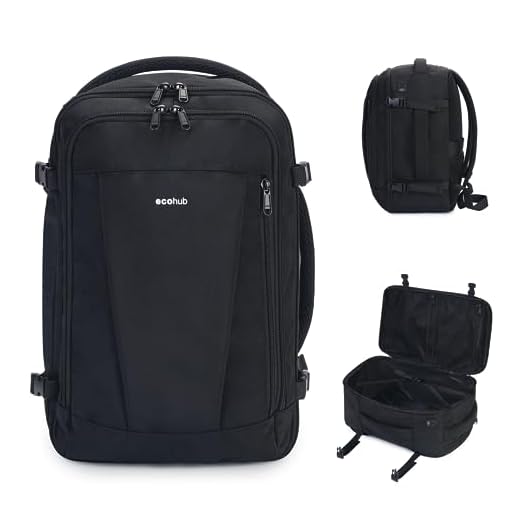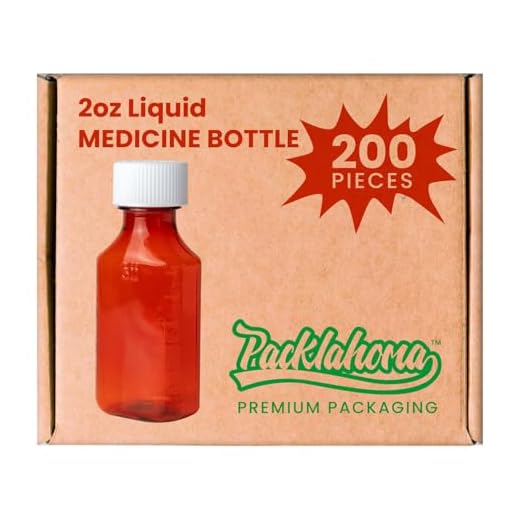





Each passenger is typically permitted to bring aboard a personal item, such as a backpack or handbag, which must fit beneath the seat in front. Standard dimensions vary by airline, but most allow space not exceeding 18 x 14 x 8 inches. Prioritize compact designs to maximize packing efficiency.
For electronic devices, ensure that laptops, tablets, and e-readers are easily accessible, as they will need to be removed for security checks. Each item should be stored securely to prevent damage during the flight. Remember that a power bank can be included, but it must adhere to the limit of 100 watt-hours.
Food items are frequently permitted, provided they are not liquids that exceed the standard liquid limit. Solid snacks like fruits, nuts, or wrapped sandwiches can enhance your travel experience. Keep modifications to liquids in mind, as they must be contained within 3.4-ounce bottles and fit into a quart-sized clear bag.
Personal items related to health and personal care, including medications and hygiene products, usually have fewer restrictions. Carry prescription drugs in their original packaging. Items like hand sanitizers and lotions should also comply with liquid rules.
Permissible Items for Onboard Transport
Liquids must be contained in containers of 100ml (3.4 oz) or less, all fitting into a single quart-sized bag. This applies to beverages, gels, and lotions, ensuring a secure fit within the bag.
Electronics and Personal Devices
Small electronic devices such as laptops, tablets, e-readers, and smartphones are typically permitted. Ensure these items are easily accessible as they may need to be removed from bags during security checks. Chargers and headphones may accompany these devices.
Food and Drinks
Solid food items can be transported onboard but must adhere to screening regulations. Liquid food products, such as soups or sauces, are restricted in quantity unless purchased after passing through security. Use caution with fresh fruit or wrapped snacks.
Personal items such as wallets, sunglasses, and travel documents should remain with you. Additionally, medications and necessary medical equipment can be transported but may require verification.
Remember to consult your airline’s specific regulations to verify any additional rules that may apply.
Prohibited Items for Carry-On Baggage
Firearms and ammunition are strictly forbidden in the cabin. This encompasses any replica weapons, BB guns, and similar devices. Knives and sharp objects, regardless of size, must remain in checked belongings.
Chemical substances, including flammable liquids, corrosives, and explosives, are not permitted in the overhead compartments or under seats. This applies to items like hair spray, paint, and lighter fluid.
Tools such as hammers, wrenches, and crowbars exceed the acceptable limit and should be stored in checked bags. Sporting equipment, including baseball bats and golf clubs, also falls into the restricted category.
Any item designed to incapacitate another individual, such as stun guns, pepper spray, and personal defense sprays, cannot board the aircraft.
Large batteries, especially those exceeding 100 watt-hours, are likewise barred from hand carry. Liquid restrictions apply to beverages and any liquid over 3.4 ounces; these must be disposed of before security check.
Items that may pose a risk to safety, such as self-defense keychains, are also prohibited. Always consult airline regulations for the latest updates on restricted items.
Liquid Restrictions and Guidelines
Containers with liquids must not exceed 3.4 ounces (100 milliliters) per item. All such items must fit within a single quart-sized clear plastic zip-top bag.
- The total volume of liquids in the bag should not exceed one quart (approximately one liter).
- Items allowed include beverages, creams, gels, lotions, pastes, and similar substances.
- Exceptions are made for medications, baby formula, and breast milk, which can exceed the volume limit but need to be declared at security checkpoints.
- Alcoholic beverages over a certain percentage may be prohibited regardless of the size.
- It is advisable to pack liquids at the top of your bag for easier inspection.
For efficient organization and packing, consider using best luggage packing organizers to streamline your items.
Electronics: What You Can Bring Onboard
Most personal electronic devices are acceptable for onboard use. This includes smartphones, tablets, laptops, e-readers, and portable gaming consoles. Ensure that these items are easily accessible for security screening.
Laptops and larger devices typically need to be removed from bags and placed in separate bins during the security check. Smaller electronics can often remain in bags but check with guidelines specific to your airport.
Power banks are permitted, but they must not exceed a capacity of 100 watt-hours (Wh). Devices with lithium batteries may have specific regulations, so verify manufacturer guidelines. Spare batteries should be packed in their original packaging or protective cases to prevent short-circuiting.
Wireless headphones and earbuds, along with smartwatches and fitness trackers, are usually permitted as well. Ensure that power-driven personal assistive devices comply with safety standards.
Always double-check the rules set by your airline, as policies and regulations regarding devices may differ among carriers. Prior to traveling, stay updated on any changes in regulations concerning electronics to ensure smooth security processing.
Rules for Medications and Medical Devices
Medications in liquid form are permitted in limited quantities, generally within a maximum of 3.4 ounces (100 milliliters) per container. All liquid medications should be placed in a single, clear, quart-sized bag for ease of inspection during security screening.
Pills and solid medications can remain in their original packaging, which is recommended for easier identification. Carry a prescription or a doctor’s note for any significant medical equipment, especially if it exceeds standard size requirements.
Patients requiring mobility aids should verify specific airline policies regarding devices. Many airlines permit the use of wheelchairs or assistive devices at no extra cost. For convenience, consider options like the best umbrella stroller with reclining seat for young children or those needing additional support.
Always inform security personnel of any medical devices prior to screening. Some devices may require additional screening procedures.
Special Considerations for Food and Beverages
Prior to boarding, ensure that solid foods are packaged securely. Most airlines permit items like sandwiches, fruits, and snacks without restrictions, as long as they aren’t unusual or odorous.
For beverages, only liquids up to 3.4 ounces (100 milliliters) are permitted in containers. All liquid containers must fit inside a single quart-sized, clear plastic bag. Popular drink options like water or juice should be purchased after passing security to bypass these liquid regulations.
| Item Type | Regulations |
|---|---|
| Solid Foods | Permitted without restrictions |
| Liquid Beverages | Restricted to 3.4 ounces in containers, must fit in a quart-sized bag |
| Alcoholic Beverages | Allowed if not exceeding 3.4 ounces; stricter limits apply within country |
Certain items, like soups or sauces, may be subject to scrutiny and should be kept in small containers to avoid complications. If you’re traveling long distances, consider non-perishable snack options to maintain convenience and compliance with regulations.
Be aware of cultural norms concerning food items, especially for international flights. If you have dietary restrictions, prepare snacks that meet these needs. For an optimal experience during your trip, consider any potential environmental impacts as well; consult resources for sustainable choices, such as best cordless lawn mower for medium lawns.
FAQ:
What items are prohibited in carry-on luggage on an airplane?
When preparing for air travel, it’s crucial to understand what cannot be included in your carry-on luggage. Generally, items prohibited include sharp objects like knives and scissors, any kind of explosives or flammable items such as fireworks and lighter fluid, and substances classified as hazardous materials. Additionally, liquids in containers larger than 3.4 ounces (100 milliliters) are not allowed, and all liquids must fit within a single quart-sized bag. Always check the specific airline guidelines and local regulations, as they may vary.
Can I bring food in my carry-on luggage?
Yes, you can bring food in your carry-on luggage, but there are some restrictions. Solid foods, like sandwiches, fruit, or snacks, are generally allowed. However, liquids or semi-liquids, such as soups, yogurts, or sauces, must comply with the 3.4-ounce rule and also fit in your quart-sized liquid bag. If you’re unsure, it’s best to check with your airline for specific policies regarding food items, and consider that TSA guidelines may differ from those of other countries’ security authorities.
Are electronic devices allowed in carry-on luggage?
Electronic devices, including laptops, tablets, and smartphones, are permitted in carry-on luggage. In fact, when passing through security, you will typically need to remove larger electronics from your bag so they can be screened separately. It’s wise to ensure that your devices are charged, as TSA agents may ask you to power them on. Be sure to verify if your airline has any additional requirements regarding the transport of electronic items, particularly when flying internationally.







